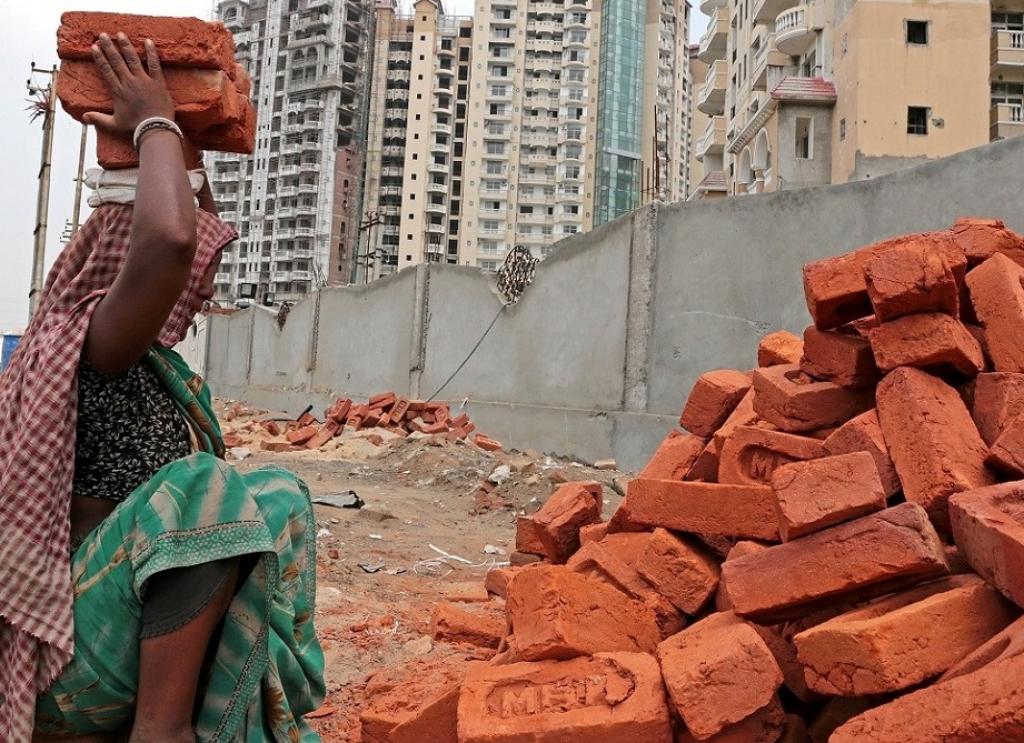

Rising economic inequalities and wide gender gap don’t let India achieve a faster ascent among 189 countries


 India now ranks 130 of 189 countries in the latest human development rankings released by the United Nations Development Programme (UNDP) on Friday. This means the average age a child is expected to spend in school is now 6.4 years, which was three in 1990 and the life expectancy is 68.8 years, which was 57.9 years 28 years ago. India fares better than other South Asian countries like Bangladesh and Pakistan.
India now ranks 130 of 189 countries in the latest human development rankings released by the United Nations Development Programme (UNDP) on Friday. This means the average age a child is expected to spend in school is now 6.4 years, which was three in 1990 and the life expectancy is 68.8 years, which was 57.9 years 28 years ago. India fares better than other South Asian countries like Bangladesh and Pakistan.
According to the UNDP, HDI is “a summary measure of average achievement in key dimensions of human development: a long and healthy life, being knowledgeable and have a decent standard of living”.
Also, the difference between the countries with the highest and the lowest Human Development Index (HDI) is massive. While a child born today in Norway, which stood on top, can expect to live beyond 82 years and spend almost 18 years in school, another born at the same time in Niger, which has the lowest HDI, can expect to be alive for 60 years and spend just five years in school.
India’s standing
India’s HDI for 2017 is 0.640, which puts the country in the medium human development category. Between 1990 and 2017, India’s HDI increased from 0.427 to 0.640, a rise of almost 50 per cent—an indicator that the country has lifted millions out of poverty.
Within South Asia, India’s HDI is above average of 0.638 for the region, with Bangladesh and Pakistan, countries with similar population size, being ranked 136 and 150.

The UN report says that an unequally growing economy leads to a low HDI. This is why low and medium human development countries lose 31 and 25 per cent of their human development index to inequality. But those with high human development index face an average loss of 11 per cent. India loses 26.8 per cent HDI owing to inequalities. It is the highest among all other South Asian nations. The average loss in South Asian countries is 26.1 per cent.

Francine Pickup, country director, UNDP India, has noted the steady progress India made on HDI. “The success of India’s national development schemes like Beti Bachao Beti Padhao, Swachh Bharat, Make in India, and initiatives aimed at universalising school education and health care, will be crucial in ensuring that the upward trend on human development accelerates and India achieves the key principles of the Sustainable Development Goals so no one is left behind,” says Pickup.
Gender difference
One key source of inequality is the gap in opportunities, achievements and empowerment between women and men. The average HDI for women in the world is six per cent lower than that for men owing to women’s lower income and educational attainment.
Global labour force participation rates for women are also lower than men—49 per cent versus 75 per cent. Also, women labourers’ unemployment rates are 24 per cent higher than their male counterparts’. Women globally also do much more unpaid domestic and care work than men.
Moreover, women’s share of parliamentary seats remains low. It ranges from 17.5 and 18 per cent in South Asia and the Arab states, to 29 per cent in Latin America and Caribbean and OECD countries.
In India too, it is quite evident that women hardly have a role in policy making. Women hold only 11.6 per cent of parliamentary seats, only 39 per cent of adult women have received secondary education compared to 64 per cent men and their participation in the labour market is 27.2 per cent compared to 78.8 per cent men. It’s time we buck up!
We are a voice to you; you have been a support to us. Together we build journalism that is independent, credible and fearless. You can further help us by making a donation. This will mean a lot for our ability to bring you news, perspectives and analysis from the ground so that we can make change together.

Comments are moderated and will be published only after the site moderator’s approval. Please use a genuine email ID and provide your name. Selected comments may also be used in the ‘Letters’ section of the Down To Earth print edition.